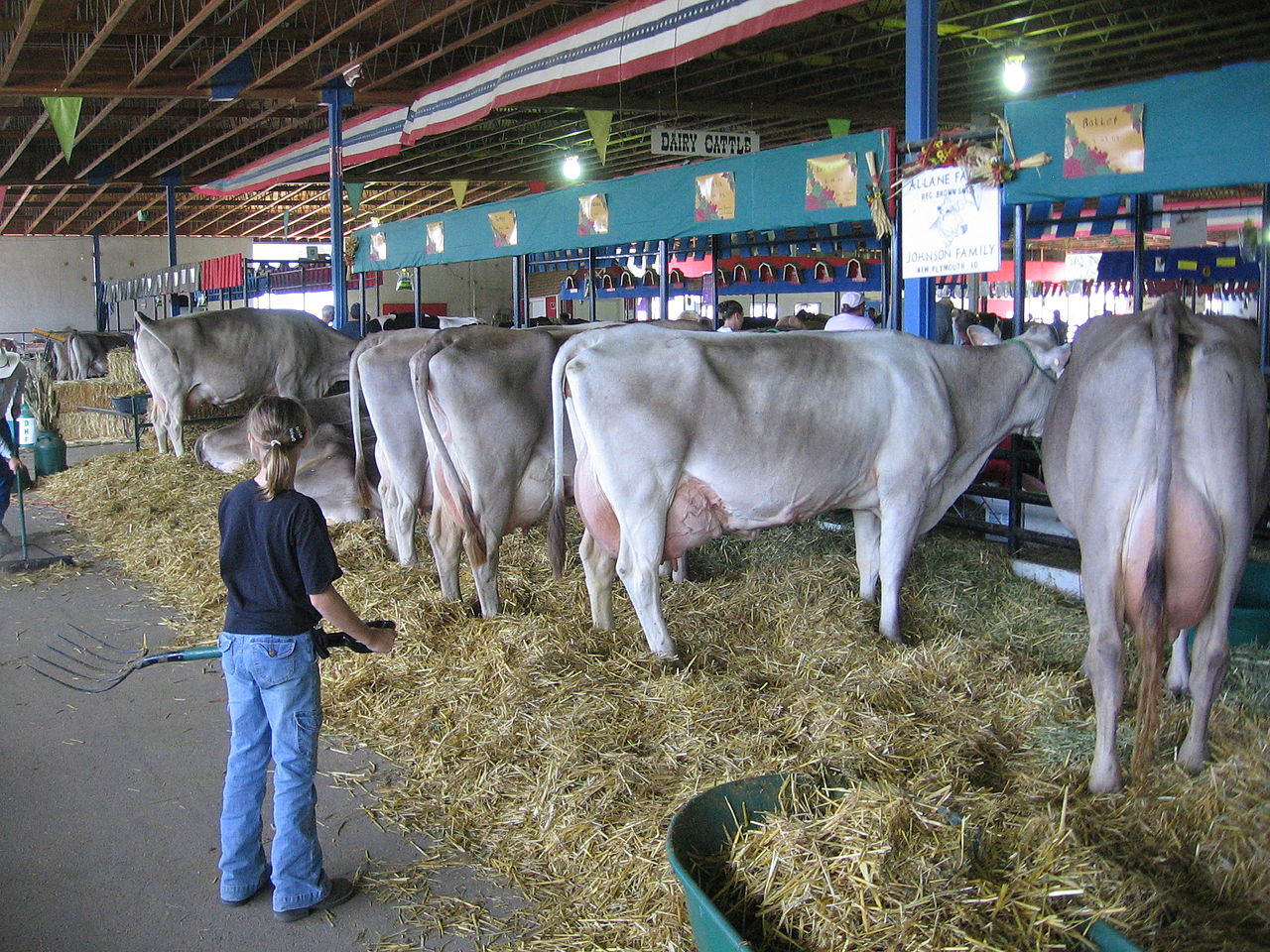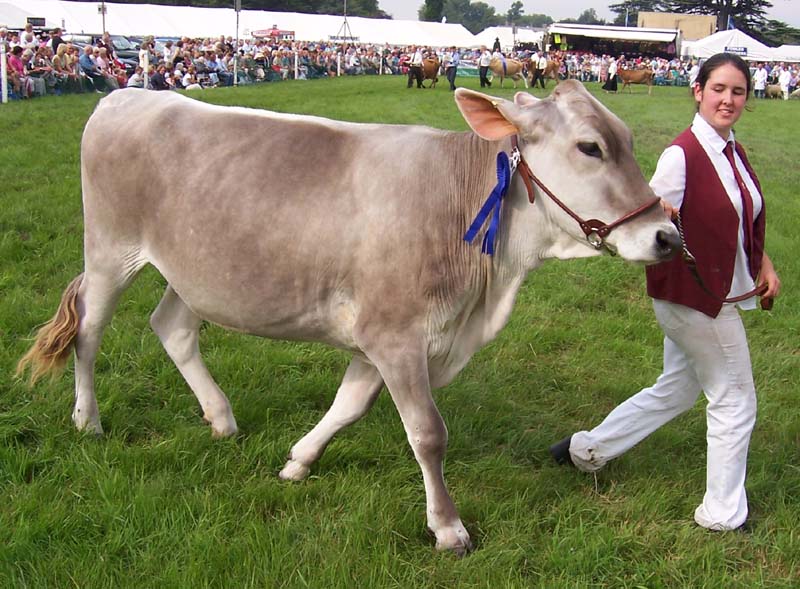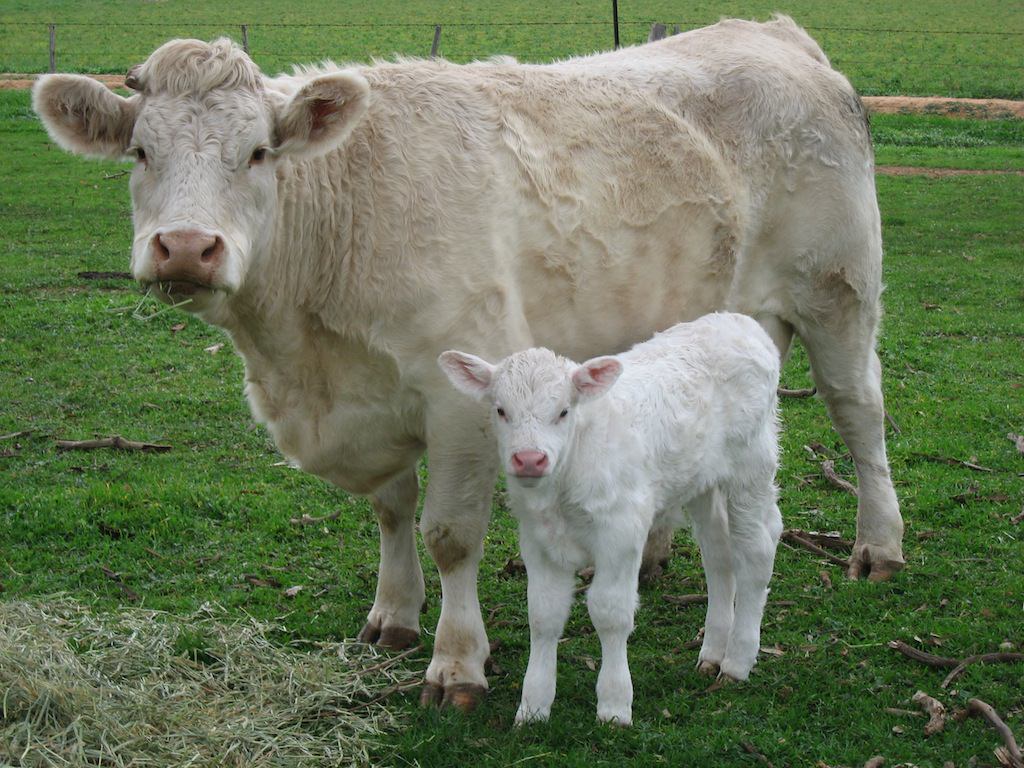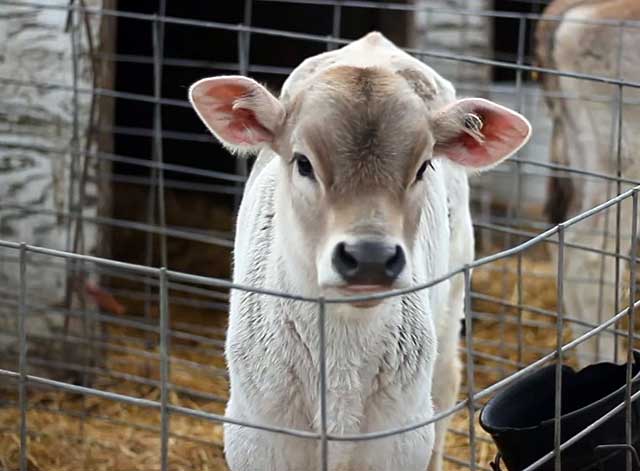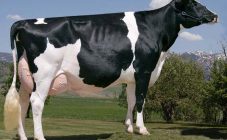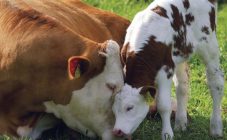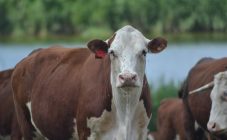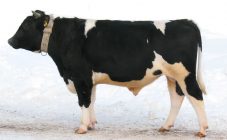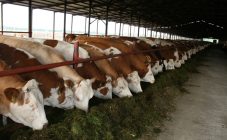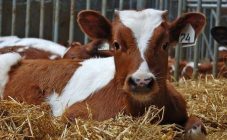Content:
Before starting a cow in his backyard, the future livestock breeder must decide what should be the productivity of this animal: dairy, meat and milk or milk and meat. If it is difficult enough to make your choice, then it is better to start any of the universal breeds of cattle. In this case, from such individuals it will be possible to obtain not only meat and milk, but also by-products, in particular, skins, which are in demand in industry - bags, wallets and other accessories are made of them.
The Swiss breed of cows is one of the most popular universal cattle breeds among livestock breeders in different countries of the world. High quality milk and meat, resistance to most diseases affecting cattle, good adaptation to various climatic conditions - this is an incomplete list of positive qualities of the representatives of the Swiss breed.
History and description of the Swiss breed
Initially, this cattle was bred not so much because of productivity, but because of the possibility of using it in a draft economy. Only when tractors and other mechanized equipment came to replace draft animals, breeders began to improve the meat and dairy productivity of individuals of the Swiss breed. In parallel with the breeding work, the owners of these animals improved the conditions of their keeping, changed the diet for the better. As a result, individuals began to gain weight faster, milk yield and milk quality increased.
American farmers have been improving the dairy Swiss direction and have achieved great success - cows there give at least 4900 liters of milk during lactation with an average fat content of at least 4.4%.
On the European continent, the main focus of such cows is dairy and meat. Moreover, the German and Austrian Swiss are small, their legs are short, and in France and Italy - individuals of large size, with a large body weight, cows give a lot of milk with a high percentage of fat content.
Swiss dairy and beef cows are raised only in the southern regions. Bulls are distinguished by their large size, rapid gain in live weight.
These versatile animals of meat and dairy productivity are also raised in Russia. And the Swiss bull was often used in breeding new Russian cattle breeds: Kostroma, Brown, Carpathian, Lebedinskaya and some others.
Description of Swiss cows:
- body - elongated;
- the bone skeleton is strong;
- neck - short, well muscled;
- the head is small with a wide forehead and dark horns;
- straight back and lower back;
- correctly set strong limbs;
- deep and wide chest, well developed dewlap;
- the udder is well developed, its shape is bowl-shaped, the nipples are cylindrical;
- thin and durable skin;
- the coat is short but thick;
- color - from brown to light gray, on the upper part - lighter than on the belly.
Characteristics of the Swiss breed of cows and bulls
The mass of an adult male is at least 900 kg, and that of a female is at least 600 kg. A newborn calf weighs 32-35 kg. Height at the withers - 1.25-1.35 m. From one cow during lactation, you can get 3500-3900 liters of milk with a fat content of 3.7-4.4%. Milk delivery rate - from 1 liter per minute. Protein content - not less than 3.3%.
With a properly selected diet, the daily gain in live weight in young animals can be about 0.9-1.1 kg. A young bull weighs 240-245 kg per year, and up to 350 kg by 1.5 years. The output of meat products during slaughter is 52-55%.
Breeding and general care rules
Representatives of the Swiss breed can be kept both in stalls and in a stall-pasture way. When keeping these livestock in cowsheds all year round, the farmer must constantly have a supply of various feeds, including cereals, silage, hay and green mass, as well as various vegetables.
In private backyards, with the arrival of spring, farmers drive their cows to pastures, thereby saving feed. Ideal if there are meadows nearby, where perennial grasses are planted specifically for these domestic animals.
Sample menu for an adult cow:
- breakfast - mixed feed, hay, water in sufficient quantity;
- lunch - hay, water;
- dinner is the same as breakfast.
How much hay and compound feed to give depends on the age of the individual, the main criterion is not to overfeed.
In the summer period, when grazing animals are given only water, since they consume a sufficient amount of green mass for grazing.
Disadvantages and advantages over other breeds
The main advantages of these animals:
- high resistance to disease, strong immunity;
- early maturity of young animals;
- disposition - calm, balanced;
- good acclimatization in different climatic zones;
- well-developed reproductive function in cows.
All their positive qualities are passed on to their offspring, so they are actively used when breeding new cattle breeds.
The obvious disadvantages of these cows include:
- cows require certain conditions of keeping and feeding;
- in some cows, the shape of the udder may be irregular, with teats close to each other, so it is difficult to use artificial milking machines;
- mechanized milking can be difficult due to the low milk flow rate in cows.
Advice and guidance from experienced breeders and veterinarians
Experienced livestock breeders recommend that it is imperative to drive the cows to pastures throughout the summer season, since juicy grasses contribute to an increase in milk yield and rapid weight gain in young animals, reducing farmers' feed costs. Also, daily stay in the fresh air, constant movement contribute to the development of muscle mass, strengthen the health of cattle.
If farmers decide to start a Swiss breed of cows in order to sell meat and dairy products in the future, then such a business can be quite successful - the meat of these animals is low-fat, with good taste, and delicious cheese can be made from milk for sale.
